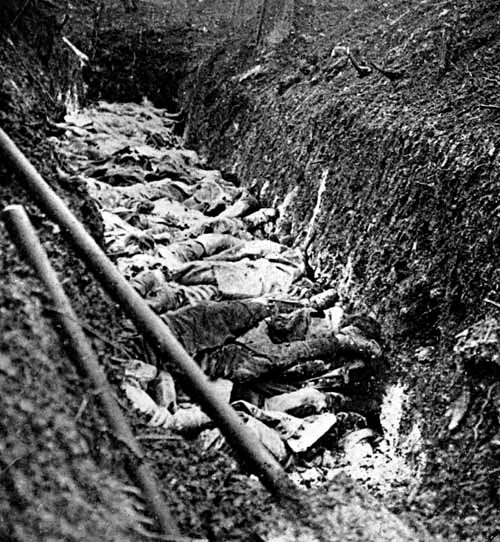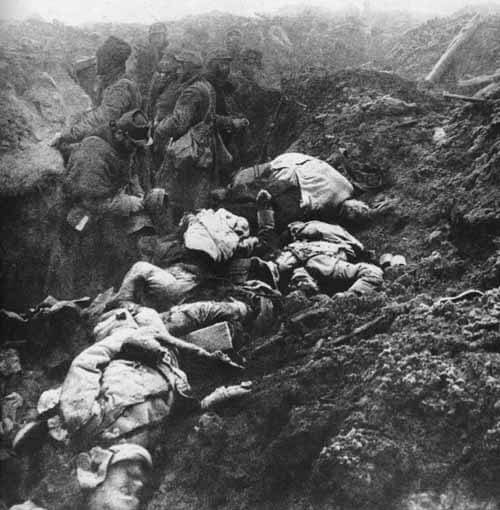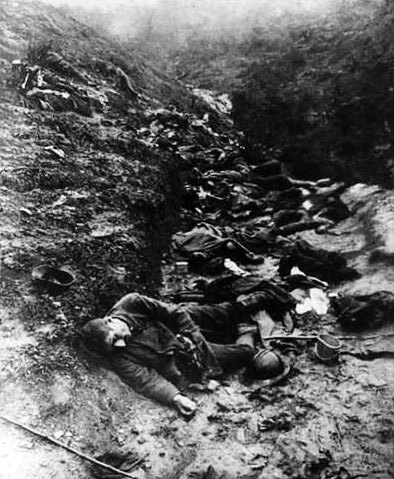
Hegemonic masculinity? |
|
In Nelli Sargsyan’s Call for a Panel on “The Best Hero is a Dead Hero,” she writes about modern nationalisms as being “hegemonic masculinist.” Researching this concept, I found excellent analyses here, and here.
“Hegemonic masculinity” refers to culturally idealized forms of manhood that have been dominant within societies. Characterizing these forms of masculinity are violence and aggression, power, competitiveness, risk taking and toughness.
In the First World War, 9 million men died and 21 million were wounded. Indeed, one of the central facts of the 20th century is the slaughter of young men. Yet, we rarely draw attention to this reality.
It’s as if we expect young men accede to being slaughtered: to die in battle when societies ask them to do so. How does this reality jibe with the concept of “masculine hegemony”? |



